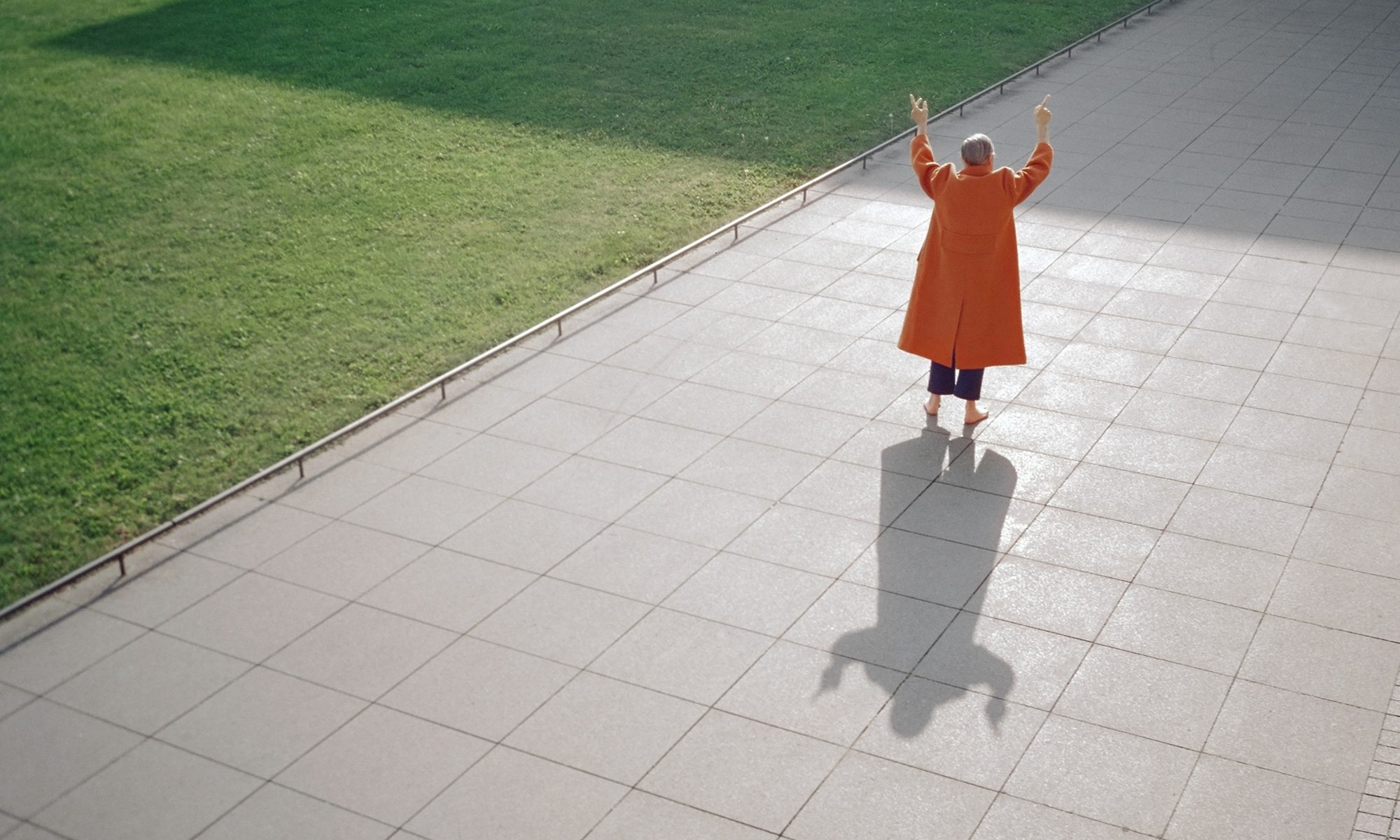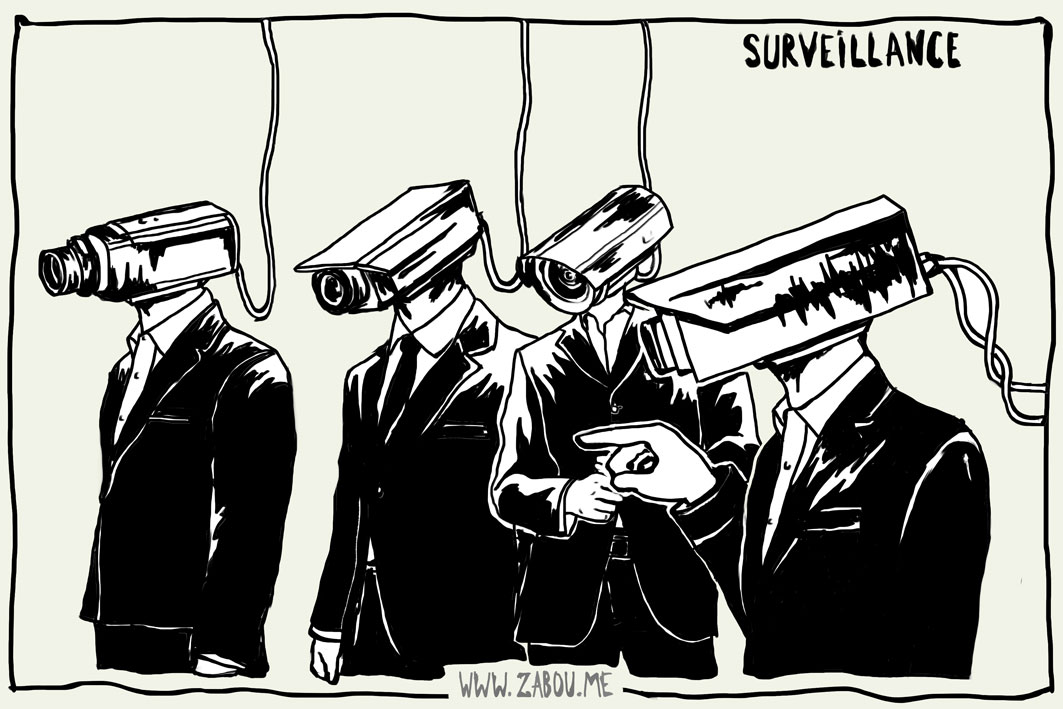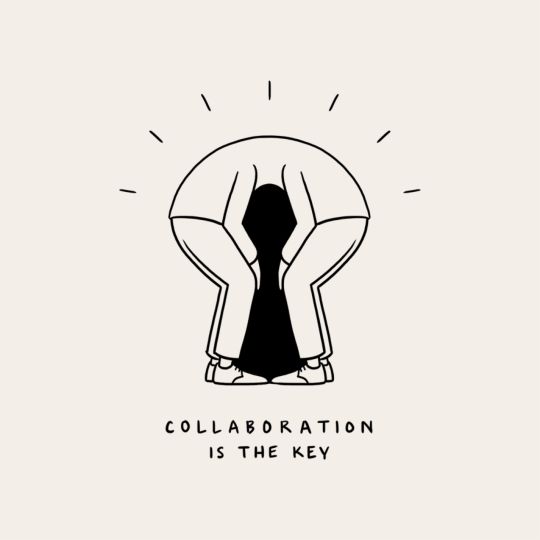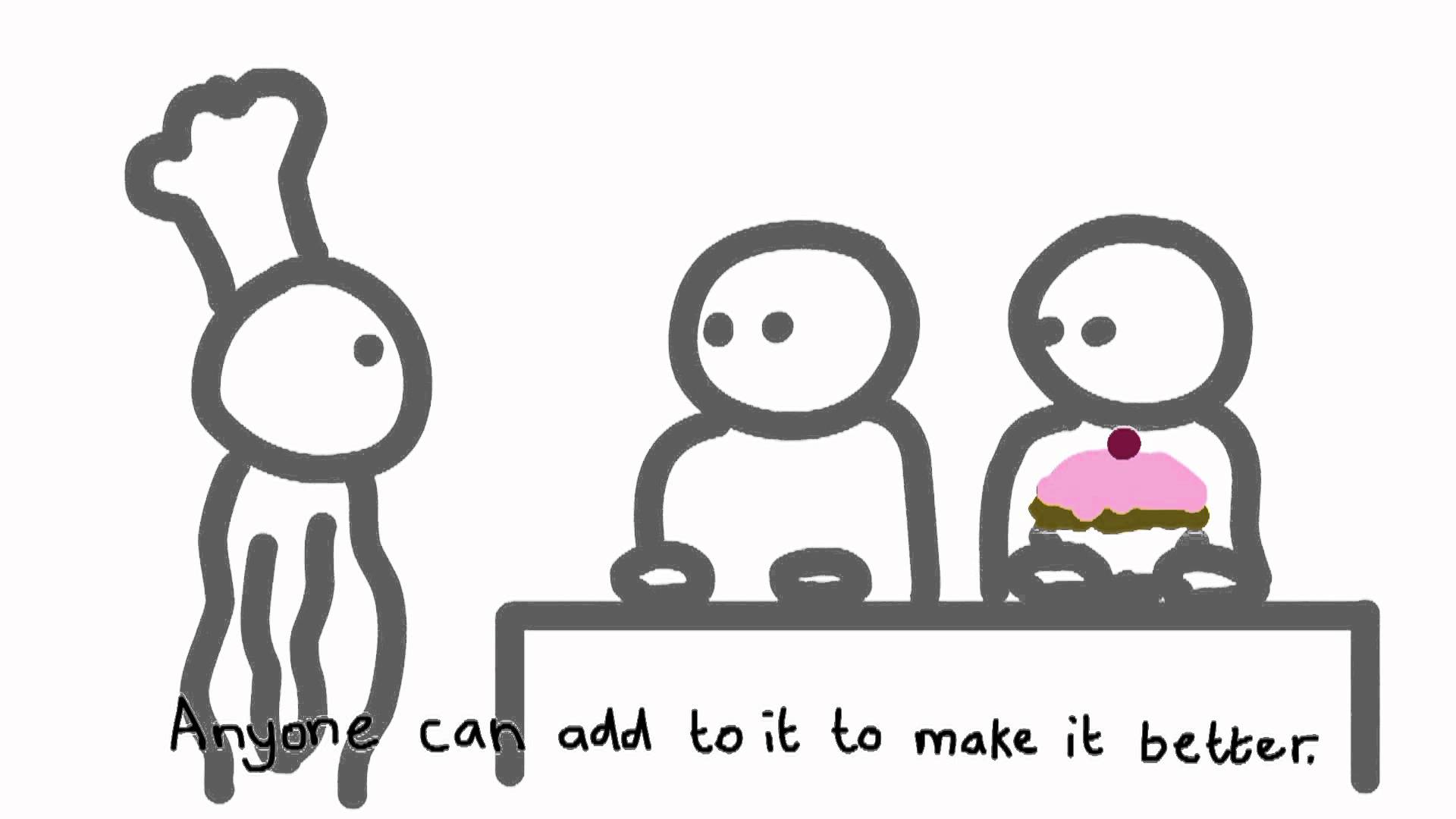Surveillance and sousveillance has always been a pressing issue especially when it deals with the right for privacy. The need for the policy to ensure safety and low crime rates is undeniable and lives can be saved with the use of it, some believe it to be intrusive and invasive especially when they are not aware of when they are being captured or surveilled. With Snowden’s whistleblowing towards the government’s policies of mass surveillance, the public’s debate about information privacy, national security and mass surveillance has definitely heightened. Yet, most people forget that cameras and surveillance exists in so many softwares and application that they use daily that it is almost impossible to do without. Even games that detect the movement of body like Nintendo’s Wii uses surveillance technology.
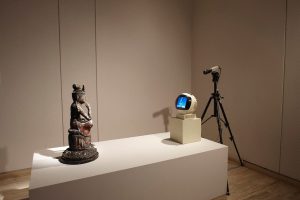
The issue of surveillance brings into mind an artwork by Nam June Paik. Entitled “TV Buddha”, the interactive piece constitutes a miniature statue of Buddha sitting in front of a tiny television with a surveillance camera. THe image of Buddha is transmitted in real time to the television and projected onto the screen. The viewer may also appear on the screen if they stood behind the Buddha, thus making this an interactive piece of work. The piece also highlights the fusion of traditional and modern. What relates this work with the topic of surveillance and sousveillance is in the blurring of the subject and object. Is the Buddha watching the television, or is the television capturing the image of the Buddha? The dual nature of the subject and object thus is similar to surveillance and sousveillance.
